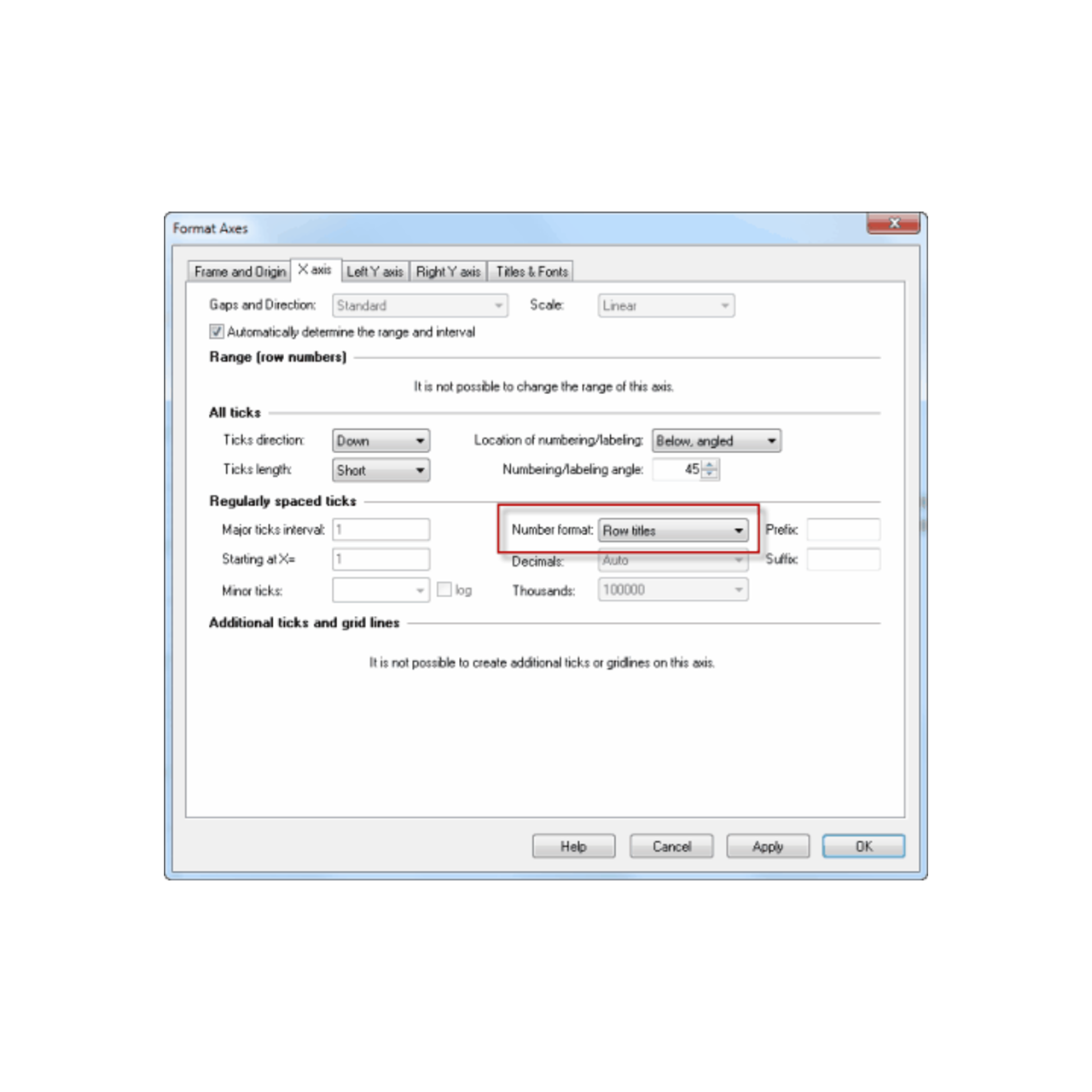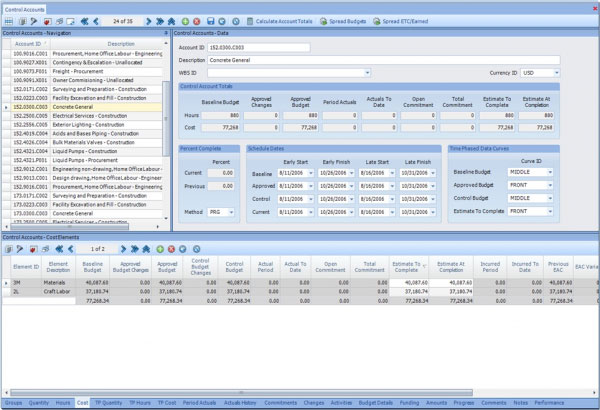

(5) SBLs are split into three (Ambler) classes, namely, A, C, and D, based on sequence and mechanism.


(4) The most important mechanism of β-lactam resistance in Gram-negative bacteria is the production and activity of serine β-lactamases (SBLs), a diverse class of hydrolytic enzymes that inactivate all classes of β-lactam antibiotics. Approximately 2.8 million antibiotic-resistant infections occur each year in the USA, (3) and 1.27 million deaths worldwide are attributed to bacterial resistance to antibiotics these numbers are growing. (1,2) Many aspects of healthcare are threatened by increasing resistance to these antibiotics.

Β-Lactams are the most prescribed antibiotics worldwide for the treatment of serious healthcare-associated infections (HAIs) caused by Gram-negative bacterial pathogens. Taken together, our data show how the flexible Ω-loop helps confer broad-spectrum activity upon KPC-2, while carbapenemase activity stems from efficient deacylation of the Δ2-enamine acyl-enzyme tautomer. Deacylation is therefore likely to proceed predominantly from the Δ2, rather than the Δ1-(2 R) acyl-enzyme, facilitated by tautomer-specific differences in hydrogen-bonding networks involving the carbapenem C-3 carboxylate and the deacylating water and stabilization by protonated N-4, accumulating a negative charge on the Δ2 enamine-derived oxyanion. These identify the Δ1-(2 R) isomer as having a significantly (7 kcal/mol) higher barrier than the Δ2 tautomer for the (rate-determining) formation of the tetrahedral deacylation intermediate. Quantum mechanics/molecular mechanics molecular dynamics simulations of KPC-2:meropenem acyl-enzyme deacylation used an adaptive string method to differentiate the reactivity of the two isomers. Carbapenem-derived acyl-enzyme structures reveal the predominance of the Δ1-(2 R) imine rather than the Δ2 enamine tautomer. The mobility of the Ω-loop (residues 165–170) negatively correlates with antibiotic turnover rates ( k cat), highlighting the role of this region in positioning catalytic residues for efficient hydrolysis of different β-lactams. We present high-resolution (1.25–1.4 Å) crystal structures of KPC-2 acyl-enzymes with representative penicillins (ampicillin), cephalosporins (cefalothin), and carbapenems (imipenem, meropenem, and ertapenem) obtained utilizing an isosteric deacylation-deficient mutant (E166Q). Carbapenems, the most potent β-lactams, evade the activity of many SBLs by forming long-lived inhibitory acyl-enzymes however, carbapenemases such as KPC-2 efficiently deacylate carbapenem acyl-enzymes. SBLs inactivate β-lactams via a mechanism involving a hydrolytically labile covalent acyl-enzyme intermediate. KPC-2 ( Klebsiella pneumoniae carbapenemase-2) is a globally disseminated serine-β-lactamase (SBL) responsible for extensive β-lactam antibiotic resistance in Gram-negative pathogens.


 0 kommentar(er)
0 kommentar(er)
